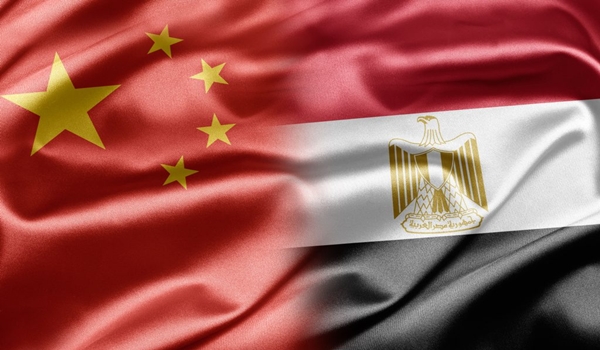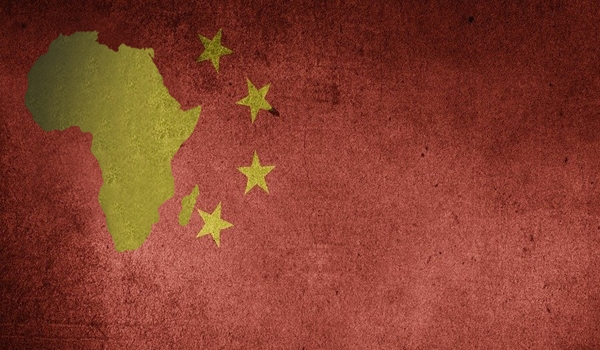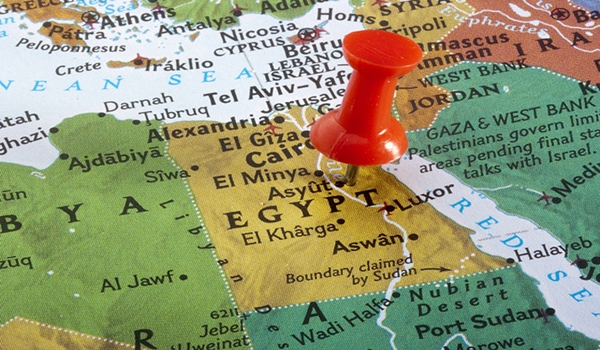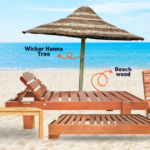China trade with egypt , Two-sided exchange came to about $4 billion U.S. dollars in 2007, up from $3.19b in 2006. In 2010, it was worth US$7.0 billion. In 2011 Egypt was the fifth biggest exchanging accomplice of China Africa and in the initial 8 months of 2012 it was the 4th.
From 2000 to 2012, there are roughly 39 Chinese authority advancement account ventures distinguished in Egypt through different media reports. These tasks range from together building a mechanical park in the Northwest Suez Economic Zone starting June 1, 2000, to the development of a Chinese language school in Cairo in 2002 through a US$4 million award from the Chinese government. In 2016, Egyptian president Elsisi made a visit to China and marked various arrangements there including New Administrative Capital of Egypt.
In November 2020, Egypt and china has marked a convention of collaboration to use and market a land plot claimed by the Suez Canal Authority creator in Ain Sokhna.
China trade with egypt

Diagram patterns in reciprocal exchange among Egypt and China
Egyptian fares into China have developed from US$10.6 million of every 1994 to US$342.5 million out of 2008. In any case, the year‐on‐year development rate has been describing by sharp variances. The negative development rate, of 40.8 percent in 1995, was changed over into a rocket increment in the accompanying two years, esteemed at 22.1 and 118.3 percent, in 1996 and 1997, separately. In 1998, sends out from Egypt to China declined by around 48 percent, in contrast with 1997, and this was trailed by proceeded high points and low points until they recorded their pinnacle of 449.1 percent in 2002. Over 2007‐2008, trades from Egypt to China moved from US$129.1 million to US$342.5 million, recording an expansion pace of 165.2 percent.
Then again, Chinese fares into Egypt have indicated relative steadiness. They expanded from US$194.4 million out of 1994 to generally US$642.5 million out of 2000, or 230.4 percent more prominent than their incentive in 1994. Subsequent to enlisting slight decays during 2001‐2003, Chinese fares to Egypt have been persistently expanding, while they moved from US$675.3 in 2004 to more than US$4.4 billion out of 2008, speaking to an expansion pace of around 656 percent.

It is very evident that China’s fares to Egypt have been far more noteworthy than its imports from Egypt, bringing about an enormous exchange overflow favor of China (Table I). It is additionally recognizable that the year 2008 was a critical one as far as reciprocal exchange between the two nations, while both Egypt’s fares to and imports from China had demonstrated a solid expanding rates, which esteemed at 165.2 and 172.4 percent, separately, in contrast with the earlier year.
Regarding the portion of Egypt’s imports from China out of its absolute imports, Table I demonstrates that they have been expanding consistently, arriving at 8.4 percent in 2008. Interestingly, aside from 2002, when Chinese imports determined for 4.7 percent of Egyptian complete fares, their offer has been very humble, and recommending that China isn’t Egypt’s significant fare market. A similar marvel is existed in the China fares to Egypt as a level of its absolute fares. Table I likewise exhibits that they have kept up low qualities, going from 0.2 percent in 1994 to 0.4 percent in 2008.
Read
Creation of exchange among Egypt and China
To acquire knowledge into the two-sided exchange design between the two nations, this part researches the creation of exchange among Egypt and China. The paper utilizes the Standard International Commodity Classification (SITC Revision III), which is embraced by the United Nations Comtrade Database and has been broadly utilized in different investigates.
A gander at Tables II and III unmistakably shows that exchange among Egypt and China has been overwhelmed by profession in apparatus and transport hardware (SITC7), fabricated merchandise (SITC6 and 8), and synthetic compounds and related items (SITC5). These four product bunches together determined for 95.5 percent of China’s fares to Egypt and exactly 32 percent of Egypt’s fares to China, during the period 1995‐2008.

A similar table additionally shows that exchange food and live creatures (SITC0) between the two nations has seen a constant decreases across the periods investigated. Significant change in the example of Egyptian fares into China in the previous decade has been unmistakably found in Table III. Exchange unrefined materials (SITC2), that overwhelmed Egyptian fares to China in 1995, recording 92 percent, has contracted forcefully to around 62 percent during the period 2000‐2005 and arrived at 31 percent in 2008.
All things considered, mineral energizes ointments and related materials (SITC3) began to pull in Chinese market after 2005 while they added up to 35 percent of Egypt’s fares to China in 2008. Synthetics and related items (SITC5) kept on gaining more prominent importance by becoming from under 2 percent in 1995 to 25.5 percent in 2008. Fares of fabricated merchandise grouped mainly by material (SITC6) indicated significantly changes during the investigation time frame. As far as China’s fares to Egypt, aside from food and live creatures (SITC0), which kept declining over years, speaking to a 150 percent decline somewhere in the range of 2008 and 2000, other ware bunches have commonly kept up their customary offers







